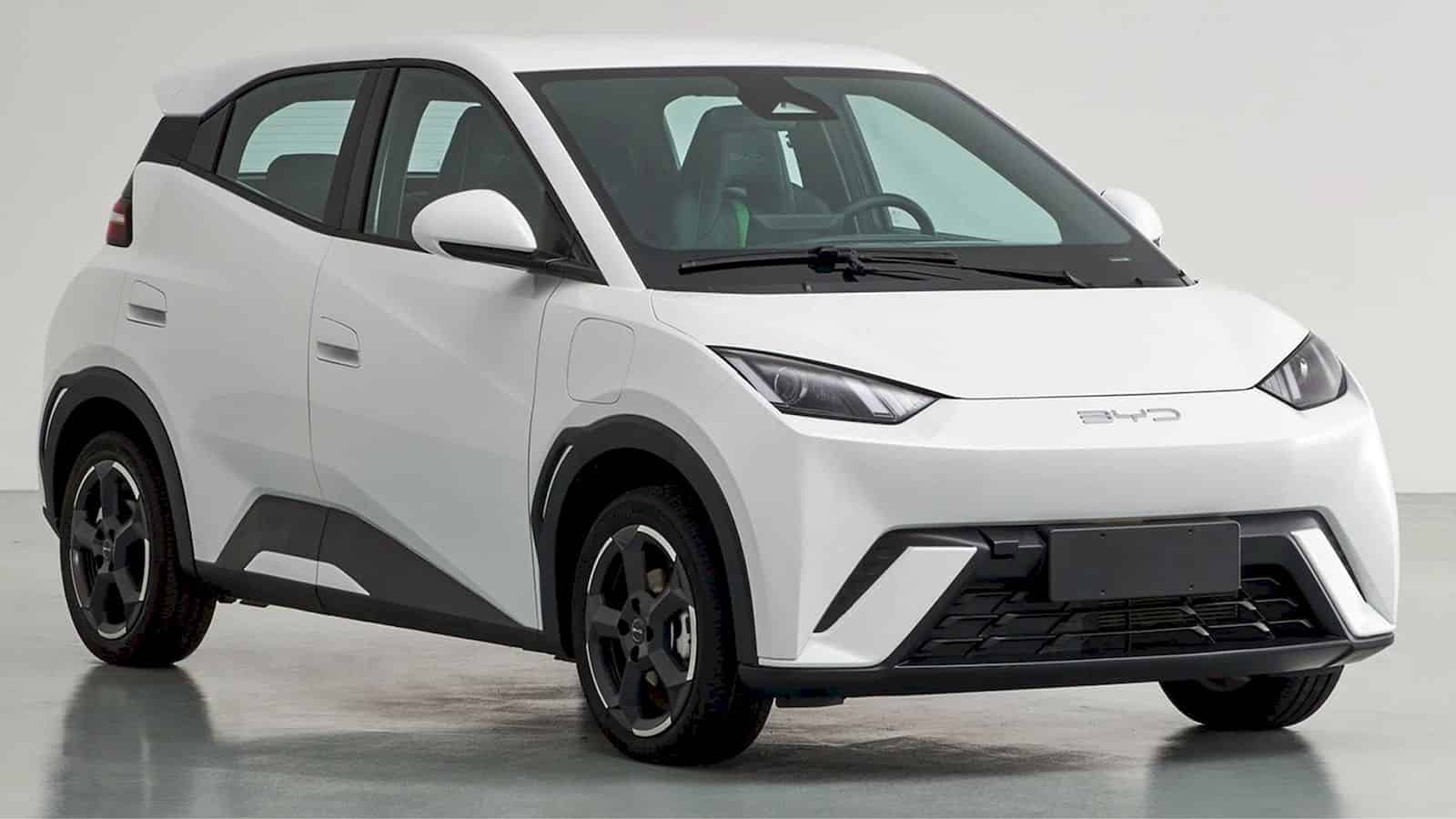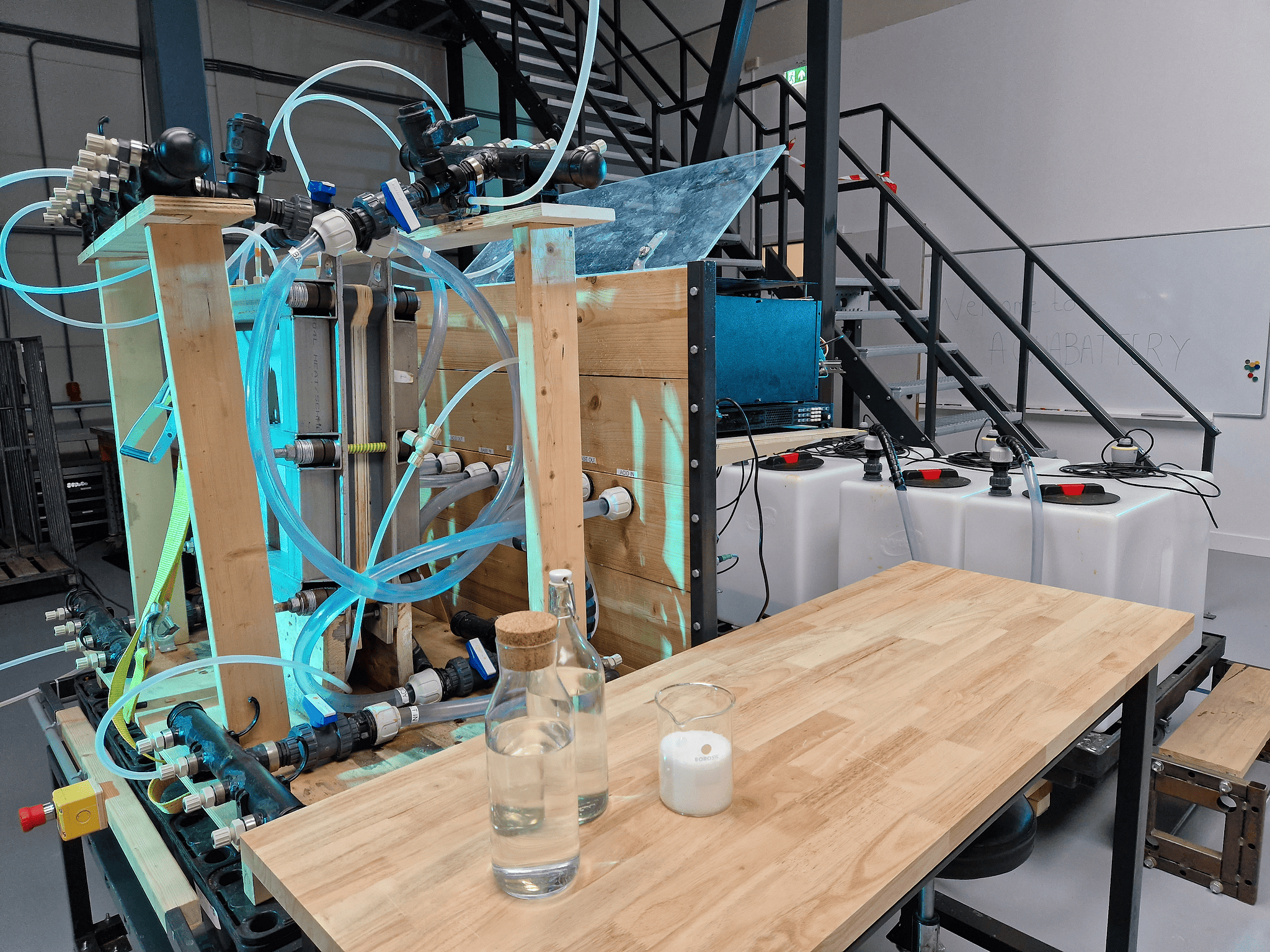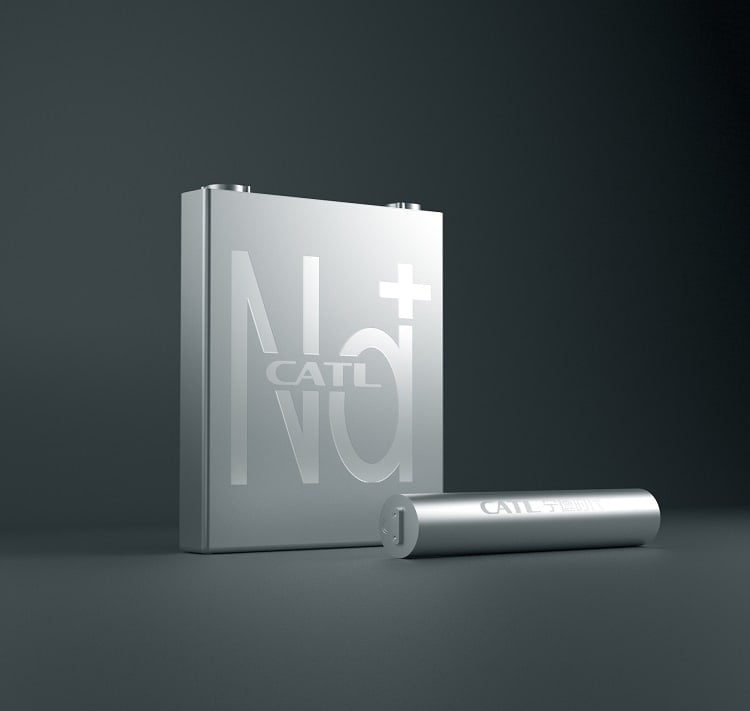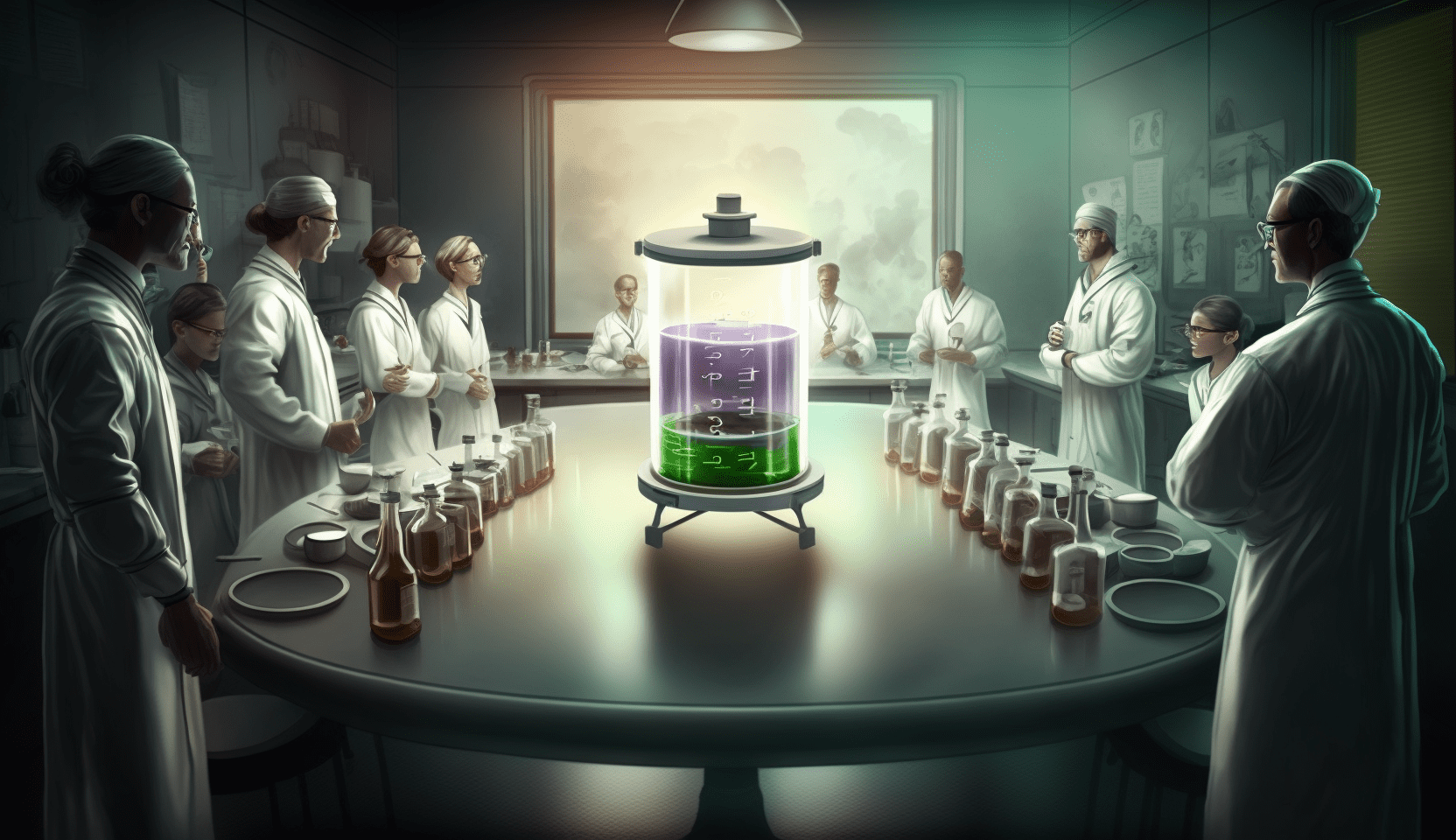
With the combination of cost-effective production methods and ample reserves of sodium carbonate, the interest in sodium-ion batteries is rapidly growing. Notable Chinese battery manufacturers such as CATL and BYD are now incorporating sodium-ion batteries into their product portfolios. While these batteries have a lower energy density compared to lithium batteries, they find their niche in smaller and more affordable electric vehicles (EVs) as well as stationary applications like home batteries. The manufacturers project that sodium-ion batteries could power approximately 9% of global EVs sold by 2033. The recent decline in lithium prices may reduce the cost advantage of sodium-ion batteries. Nevertheless, sodium-ion batteries continue to offer a promising and cost-effective alternative to lithium batteries, as they are less dependent on scarce materials.
- Sodium-ion batteries, or salt, batteries are cheaper to make than traditional lithium batteries.
- The capacity of sodium-ion batteries is less, making them less suitable for certain application.
- Production of sodium-ion batteries is ramping up in China.
The chemistry of sodium-ion batteries
Sodium-ion batteries (SIBs) are rechargeable batteries that use sodium ions (Na+) as the charge carriers. Similar to lithium-ion batteries (LIBs), SIBs have a cathode, an anode, and a liquid electrolyte. However, SIBs replace lithium with sodium as the cathode material, taking advantage of sodium’s abundance in nature. Na+ is a component of common table salt. SIBs are therefore often referred to as salt batteries.
Compared to LIBs, SIBs offer potential advantages due to the lower cost and more widespread availability of sodium compared to lithium. The materials required for SIBs, such as sodium, do not suffer from the same geographical distribution issues and environmental concerns as lithium, cobalt, copper, and nickel commonly used in LIBs.

One of the main challenges with sodium-ion batteries is the issue of poor durability, particularly when compared to lithium-ion batteries. This is mainly due to a specific atomic reshuffling during the battery’s operation, known as the P2-O2 phase transition. This leads to disorder in the crystal structures and eventual battery failure. However, researchers from Cornell University have discovered key aspects of the mechanism behind this phase transition and propose modifying the battery chemistry to introduce strategic disorder to the particles before the flawed transition phase, potentially reducing the ordering effect observed.
The economics of sodium-ion batteries
The economic appeal of sodium-ion batteries lies in the fact that sodium is both abundant and cheap. This makes the production of sodium-ion batteries more cost-effective than lithium-ion batteries, which rely on scarcer and more expensive lithium. Despite the recent decline in lithium prices, sodium-ion batteries still maintain a cost advantage, particularly when considering the long-term trend of lithium prices and the potential for future price increases.
Investments in sodium-ion technology are also on the rise, with companies like Reliance Industries and CATL betting on sodium-ion batteries as a viable alternative to lithium-ion technology. However, the lower energy density of sodium-ion batteries, compared to lithium-ion batteries, remains a factor that could potentially impact their widespread adoption.
Applications of sodium-ion batteries
Sodium-ion batteries are finding their niche in smaller, low-range EVs and stationary applications such as home energy storage systems. With their lower energy density, sodium-ion batteries are better suited for vehicles that don’t require a long driving range, such as city cars or mini vehicles. In fact, Chinese battery giants like BYD and CATL are already installing sodium-ion batteries in their smaller EV models. The BYD Seagull, priced around the €11.000 mark, is powered by sodium-ion batteries.

Stationary applications, such as grid-scale energy storage, are another promising area for sodium-ion batteries. With the transition to renewable energy sources, the demand for effective and affordable energy storage is increasing. Given their lower cost and abundant raw materials, sodium-ion batteries offer a potential solution for large-scale energy storage, complementing existing lithium-ion technology.







